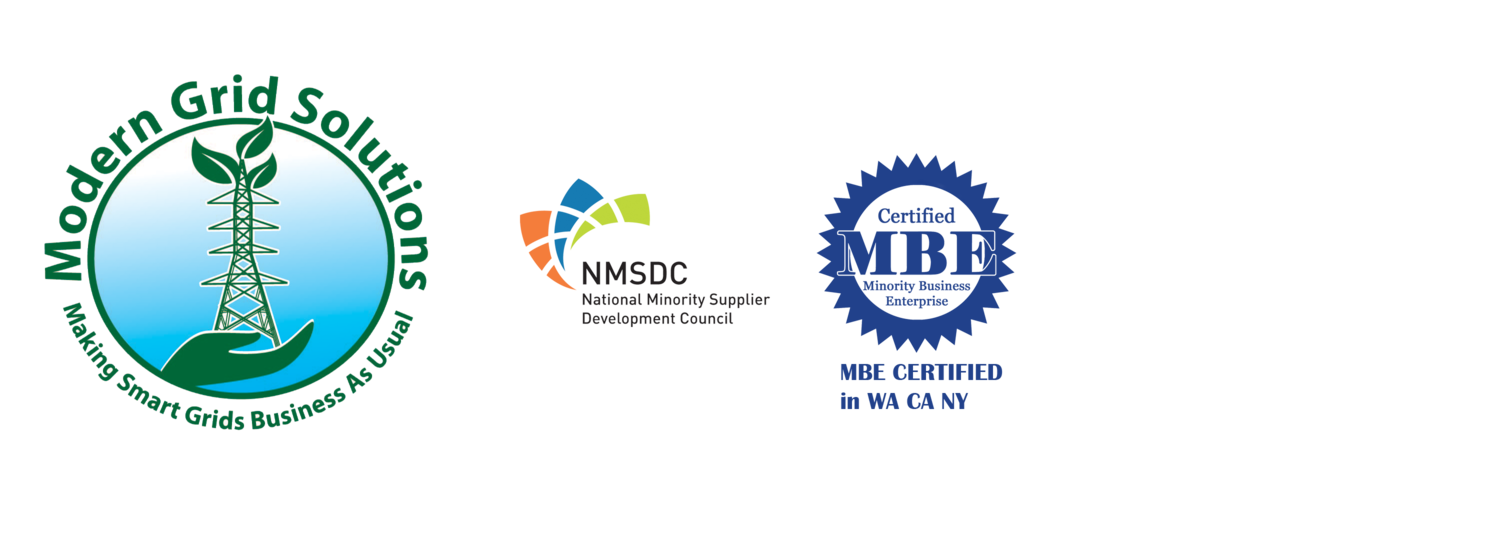Small Modular Reactors (SMRs): Is this the future of our dispatchable generation?
Small Modular Reactors (SMRs): Is this the future of our dispatchable generation?
Small Modular Reactor
.
Newsflash #1
On 19th January 2023, the U.S. Nuclear Regulatory Commission (NRC) certified the NuScale standard design for a small modular reactor. The applicant for certification of the NuScale standard design is NuScale Power, LLC. The design is an advanced light-water SMR with each power module capable of generating 50 megawatts of emissions-free electricity.Newsflash #2
On 23rd January 2023, the first contract for North American Small Modular Reactor was signed. GE Hitachi Nuclear Energy (GEH), Ontario Power Generation (OPG), SNC-Lavalin and Aecon have signed a contract for the deployment of a BWRX-300 small modular reactor (SMR) at OPG’s Darlington New Nuclear Project site. This is the first commercial contract for a grid-scale SMR in North America.This is significant news.
But before we go there, let’s first define an SMR. According to Wikipedia, “small modular reactors (SMRs) are a proposed class of nuclear fission reactors, smaller than conventional nuclear reactors, which can be built in one location (such as a factory), then shipped, commissioned, and operated at a separate site. The term SMR refers to the size, capacity, and modular construction only, not to the reactor type and the nuclear process which is applied. SMRs are typically anticipated to have an electrical power output of less than 300 MWe (electric) or less than 1000 MWth (thermal). Many SMR proposals rely on a manufacturing-centric model, requiring many deployments to secure economies of unit production large enough to achieve economic viability.
Ideally, modular reactors will reduce on-site construction, increase containment efficiency, and are claimed to enhance safety. The greater safety is expected to come via passive safety features that operate without human intervention. SMRs are also expected to reduce staffing versus conventional nuclear reactors and are claimed to have the ability to bypass financial and safety barriers that inhibit the construction of conventional reactors.
There are more than eighty modular reactor designs and yet unfinished demonstration projects, and the first SMR units are in operation in Russia and China. The floating nuclear power plant Akademik Lomonosov (operating in Pevek in Russia's Far East) is, as of October 2022, the first operating prototype in the world. The first unit of China’s pebble-bed modular high-temperature gas[1]cooled reactor HTR-PM was connected to the grid in 2021.”
Are we there yet?
No, not even close. The certification is just the first step in getting the first credible alternative to a carbon-free dispatchable generation capability to replace the demise of traditional sources such as coal and natural gas. Some of the challenges with SMRs are:
It is still powered by nuclear. How many of us remember the experience of 3-mile island?
At least in North America, we have no experience with either manufacturing, implementing or operating one of these generators.
What happens to the spent fuel that is coming from these generators? We still do not have a way to process, or store spent nuclear fuel.
• These are small in size and modular, which means that they may be installed closer to the load (consumption), but how will the public react to having nuclear reactors in their backyard?
• The cost profile is still yet unknown. Will these designs be ultimately cost[1]effective?
Closing thoughts
SMRs represent the first opportunity to implement dispatchable generation. We don’t know if the NuScale design - or which of the eighty designs around the world - will succeed in the long run. But the promise is there. Let’s see where it takes us.
* First appeared in the “State of the Grid – 4th Quarter 2022”, a quarterly newsletter from Modern Grid Solutions.
.

